
Pride flags are an excellent form of self-expression for people of all sexualities and gender identities, and each banner has its own unique history and meaning. The WLW or lesbian flag is one of the most recognizable icons currently in circulation with its orange, pink, and white stripes. But beyond its visually appealing nature, it holds a lot of significance for gay women.
In this article, you’ll learn about the lesbian or WLW Pride flag alongside its short (yet tumultuous) history.
RELATED: Everything You Need To Know About The Viral Lesbian Master Doc
Today’s WLW Pride Flag: The Orange, White, And Pink Flag
Whether you’re part of the LGBTQ community or an ally, you’ve probably seen the modern lesbian flag in all its pink, white, and orange glory. Behind each color in this summertime-themed palette lies a deeper meaning specific to the lesbian community.
How about we take this to the next level?
Our newsletter is like a refreshing cocktail (or mocktail) of LGBTQ+ entertainment and pop culture, served up with a side of eye-candy.
Here’s what each color means:
- Deep orange: Gender nonconformity
- Orange: Independence
- Light orange: Community
- White: Relationship to womanhood
- Pink: Peace and serenity
- Dusty pink: Sex and love
- Rose: Femininity

Simplified Lesbian Flag
The modern WLW pride flag has two variations. The first is the 7-stripe version we discussed above, but the simpler, 5-stripe version is just as inclusive and accepted by the community.
The simplified lesbian flag exists primarily for manufacturing reasons since fewer colors are easier to reproduce and recreate in Pride-themed products and paraphernalia.
History Of The WLW Flag
Many versions of the lesbian or WLW flag have surfaced over the years, with each paving the way for the next, more inclusive one. Some flags are rooted in Greek mythology, while others were designed for a specific subset of lesbians.
Here are three of the most prominent lesbian flags from the last few decades.
Labrys Lesbian Flag
The Labrys lesbian flag was designed in 1999 by Sean Campbell, a gay graphic designer. Although a member of the WLW community didn’t produce the Labrys flag, it still captures a few key symbols relevant to lesbians at the time:
- The labrys: The labrys is a legendary weapon used by Amazonian women, who were known for their strength and power. Lesbian feminists in the ‘70s also used the labrys as a symbol of empowerment.
- Black inverted triangle: The black inverted triangle behind the labrys refers to a darker time when lesbians were captured and branded by the Third Reich. This was chosen to reclaim a symbol formerly used to ostracize and punish gay women.
- Purple background: Purple is one of the most common colors seen on lesbian and WLW flags because of its connections with the poetry of Sapphos. Purple is also the color of violets, which many lesbians used to identify each other.
Today, the labrys lesbian flag is mostly used within trans-exclusionary radical feminist (TERF) groups, which is why the community decided to move on to different symbols.

Lipstick Lesbian Flag
The lipstick lesbian flag was published in 2010 by a woman named Natalie McCray. While it shares many similarities with the modern WLW flag, it actually promotes exclusionary thinking within the community. The term “lipstick lesbian” refers to lesbians who present themselves in traditionally feminine ways: through makeup, dresses, and feminine affectations.
While it still has the original spirit of being out and proud, this specific flag excluded “butch” lesbians who preferred more masculine ways of presenting themselves.

Reclaimed Lipstick Lesbian Flag
The reclaimed lipstick lesbian flag (or the “pink flag”) was a direct response to McCray’s original banner – the only difference is that it lacks the lipstick mark. Despite the changes, the new design remained controversial as many lesbians viewed it as butch-exclusionary.
Moreover, the reclaimed lipstick lesbian flag wasn’t as well-explained as the orange, pink, and white banner we see today. Specifically, the flag’s colors and key symbolism weren’t defined in any concrete way. As a result, a brighter, more inclusive flag was created.

Final Thoughts On The WLW Pride Flag
From the rather aggressive-seeming Labrys flag to today’s orange, white, and pink flag, the symbol for WLW pride has seen many changes over the years. While some of these iterations are now associated with TERFs and other less inclusive groups, today’s modern edition is the complete opposite – it includes all WLW, whether they’re trans, butch, or something else entirely.
RELATED: Lesbian Woman Shares The Epic Love Story Of Her Gay Grandmothers
Don't forget to share:








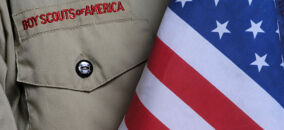


















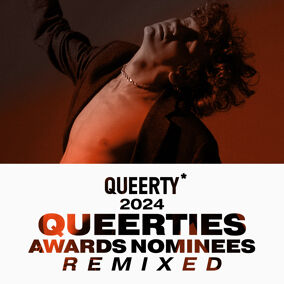
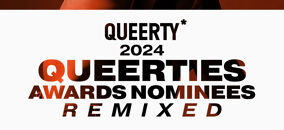




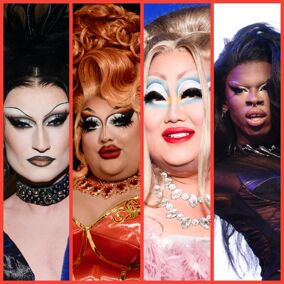







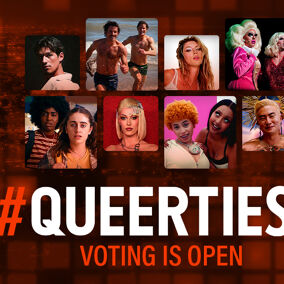
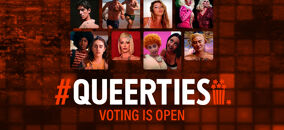
















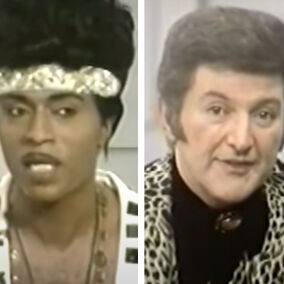





Chrisk
This shit again. Maybe everyone should get a flag so we can all feel special. At least we’ve got our priorities. Lol
scotty
everyone gets a trophy
mastik8
I suppose there’s an honesty to Queerty not caring at all. No? They’ve completely given up and now it’s just Onion headlines.
skeldare
I love how no one is willing to put their name on these types of articles, so they just say it’s by ‘Editors’.
fimij91404
Lucy . you think George `s storry is impossible, on sunday I got a brand new Saab 99 Turbo after having made $8551 this past four weeks and just over ten-k last month . it’s by-far the most comfortable job I have ever had . I started this five months/ago and almost straight away began to bring home over $75… per-hour..
Copy Here????? >>> boosterstart.com
MrGoldman
Stop.
alexpof
nobody cares about all those new stupid flags
Den
Enough with these stupid flag articles!
There are actual political, cultural and gender issues of importance out there. These are as bad as the extraordinarily stupid “tarotscape” articles (I assume the author of those must pay handsomely to be included, but they are still terminally backwards and stupid). .